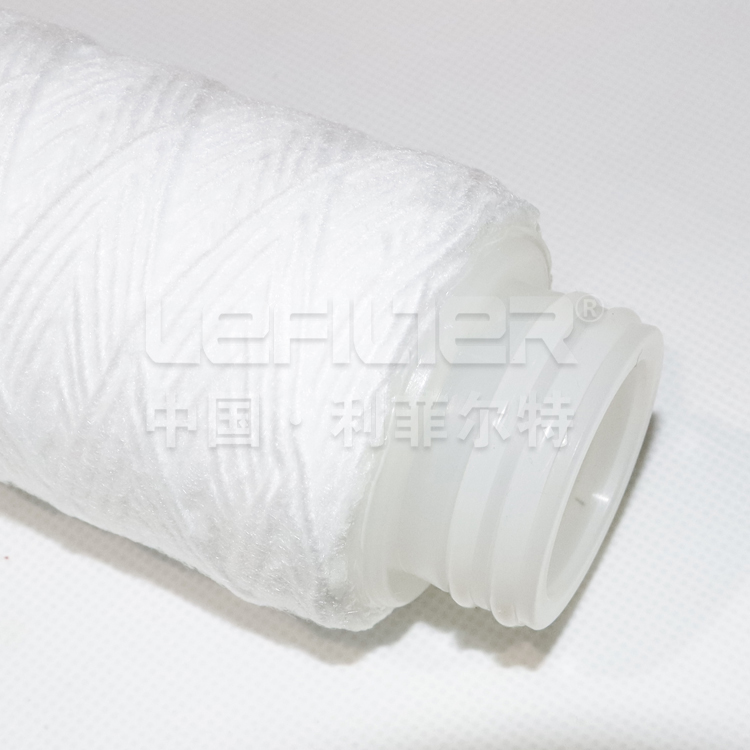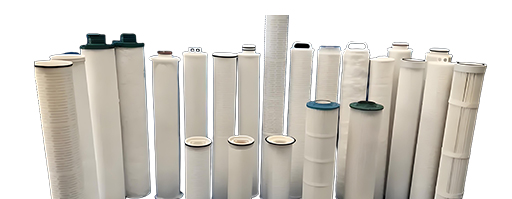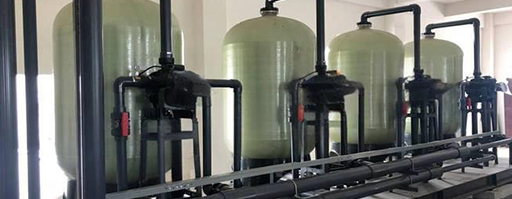Introduction
Made from polypropylene (PP) fibers through an advanced melt-blown process, this filter excels in removing sediment, rust, and other particulate contaminants. Whether for household, industrial, or specialized applications, understanding the lifecycle of a PP melt blown filter—from raw materials to disposal—helps users maximize performance while minimizing environmental impact.
Raw Material Selection: The Foundation of Quality
The performance of a PP melt blown filter cartridge begins with high-quality polypropylene (PP) granules. Medical-grade PP ensures chemical stability, while industrial-grade PP may prioritize cost-efficiency. Impurities in raw materials can compromise fiber uniformity, reducing filtration accuracy and lifespan.
Melt-Blown Process: Precision Fiber Formation
The melt blown filter cartridge manufacturing process involves three critical steps:
High-Temperature Melting: PP pellets are melted at 200–250°C to form a viscous polymer.
Airflow Stretching: Compressed air stretches the molten PP into microfibers (1–100 microns in diameter).
Fiber Layering: Fibers are randomly deposited onto a rotating mandrel, creating a gradient density structure for deep filtration.

Quality Control: Ensuring Consistency
To guarantee performance, manufacturers conduct rigorous tests:
Fiber Uniformity: Microscopic analysis confirms consistent fiber diameter distribution.
Filtration Accuracy: Bubble point and particle retention tests verify pore size (e.g., 1μm, 5μm).
Structural Integrity: Pressure resistance checks ensure no collapse under high flow rates.
Performance
High Dirt-Holding Capacity: Deep Filtration Advantage
Unlike surface filters (e.g., stainless steel mesh), the PP melt blown filter traps particles throughout its depth. This multilayer structure allows higher contaminant retention without rapid clogging, extending service life.
Chemical Compatibility: Resistance with a Caveat
The PP melt blown filter cartridge resists acids, alkalis, and organic solvents, making it ideal for chemical processing. However, PP softens above 80°C, limiting its use in high-temperature applications.
Flow Rate vs. Pressure Drop: Finding the Balance
well-designed melt blown filter cartridge optimizes fiber density to maintain high flow rates while minimizing pressure drop. Thicker cartridges enhance filtration but may reduce water pressure, requiring system-specific customization.
Application
Household Water Purification
Pre-Filtration (5μm): Removes sand and rust, protecting downstream RO membranes.
Direct Drinking Systems (1μm): Captures finer particles for safer consumption.
Industrial Water Treatment
Electroplating: Filters abrasive particles to protect delicate membranes.
Food & Beverage: Ensures clarity and hygiene in production lines.
Pharmaceuticals: Meets stringent purity standards for lab-grade water.
Specialized Uses
Medical Devices: Sterile PP melt blown filters prevent bacterial contamination in IV fluids.
Semiconductor Manufacturing: Ultra-pure water filtration for chip fabrication.

Maintenance
Installation Best Practices
Ensure proper sealing with lubricated O-rings to prevent leaks.
Align flow direction markings to avoid premature clogging.
Replacement Indicators
Reduced Flow Rate: Signals excessive clogging.
Discoloration: Brown or black fibers indicate saturation.
Pressure Drop: A 10–15 psi increase suggests replacement is due.
Cleaning Misconceptions
Unlike washable filters, the PP melt blown filter cartridge cannot be reused. Backwashing disrupts its fiber matrix, drastically reducing efficiency.
Disposal: Eco-Friendly End-of-Life Solutions
Recyclability of PP Materials
While PP is technically recyclable, most melt blown filter cartridges are discarded due to contamination. Specialized recycling facilities can process clean PP waste into pellets for non-food applications.
Incineration vs. Landfill
Incineration: PP burns cleanly but requires high temperatures to avoid toxic emissions.
Landfill: Non-biodegradable PP contributes to long-term waste accumulation.
Future Innovations
Research into biodegradable PP melt blown filters (e.g., PLA blends) aims to reduce environmental impact. However, current alternatives lack the durability of traditional PP.

Conclusion
The PP melt blown filter cartridge remains a versatile, cost-effective solution for diverse filtration needs. By understanding its production, performance, and proper disposal, users can optimize efficiency while supporting sustainability. As technology advances, next-generation melt blown filters may offer even greener alternatives without compromising quality.
For tailored filtration solutions, consult our experts to select the ideal PP melt blown filter for your application.
Wirewound filter element

















